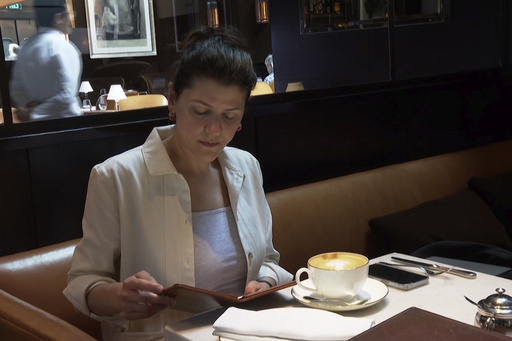Parisa Imanirad, a scientist and cancer researcher residing in San Francisco, enjoys dining alone at restaurants once or twice a week. She finds solace in the quiet time to think or read, likening the experience to a spa. This trend of solo dining is on the rise not only in the U.S., with a 29% increase in solo dining reservations over the last two years, but also in Germany and the United Kingdom.
In Japan, there’s a cultural term “ohitorisama” that refers to dining alone with honorifics to make solo diners feel more comfortable. The Hot Pepper Gourmet Eating Out Research Institute in Japan reported a rise in solo dining from 18% to 23% of the population since 2018. As a response, many restaurants worldwide are adapting their seating arrangements, menus, and adding special touches to cater to solo diners.
Factors contributing to the increase in solo dining include the rise in remote work, a broader movement of self-care, and the impact of the pandemic on social interactions. In the U.S., there has been an increase in solo living, with more adults choosing to live without a partner. This trend is mirrored in Japan, where single households are expected to reach 40% by 2040.
Solo travel is also becoming more popular, particularly among older travelers, leading to an increase in meals eaten alone. Despite some challenges, such as restaurants charging solo diners the same as two customers, there is a growing recognition of the value of catering to solo patrons. Some restaurants are even developing specialized programs and menus to enhance the solo dining experience.
Experts suggest that restaurants consider subtle changes like offering angular shapes rather than round ones and playing slow-tempo music to cater to solo diners. Some restaurant owners have embraced the trend, creating spaces specifically designed for solo patrons and recognizing the loyalty of these customers. As dining alone becomes more prevalent, establishments are adapting to meet the changing preferences of their clientele.


